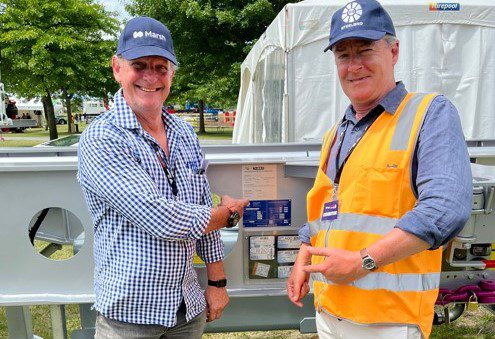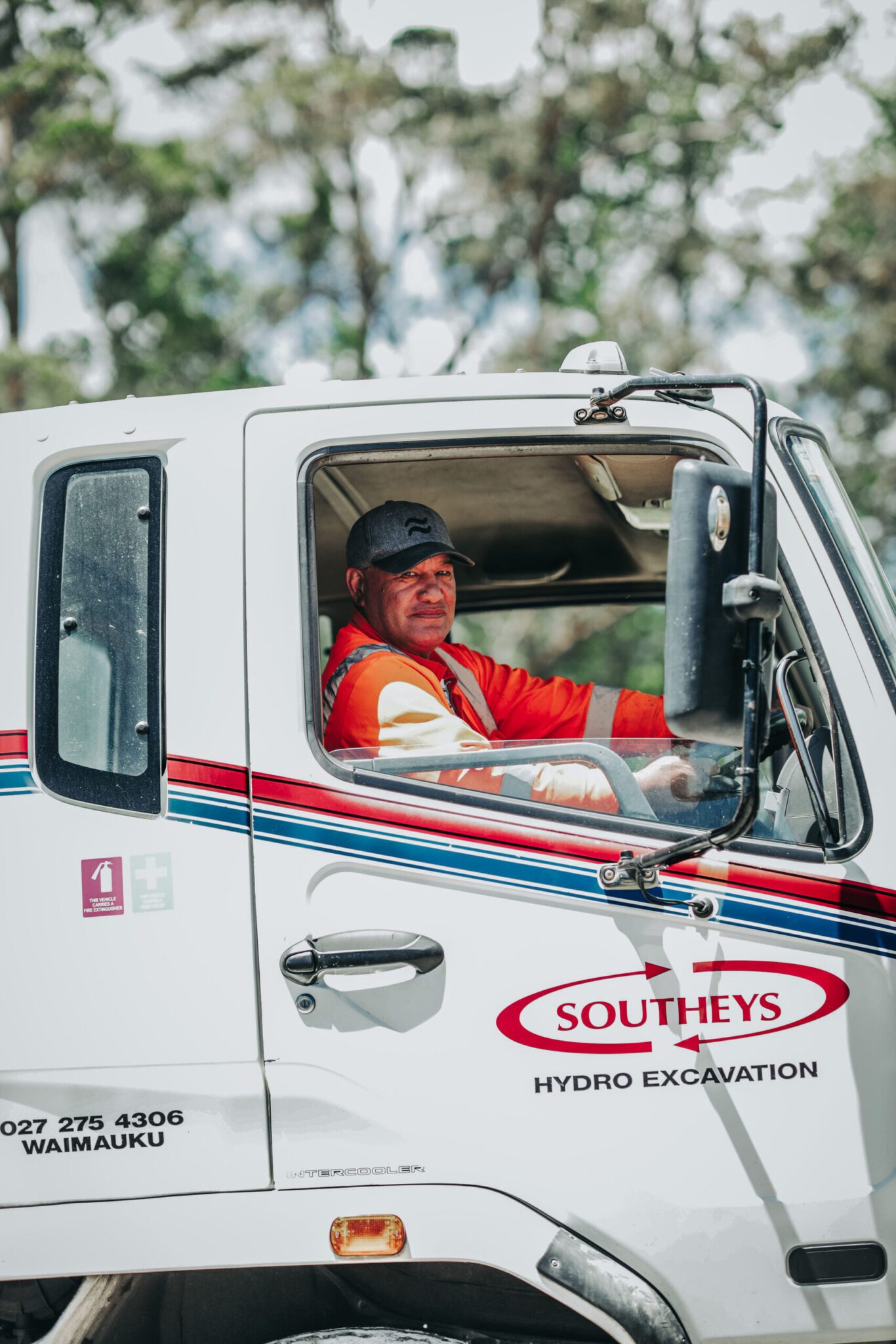The New Zealand Intermodal Transport Safety Group (NZITSG) has achieved a major milestone today sending the final version of the Good Practice Guide: Safe Operation and Maintenance of Sideloaders (Good Practice Guide) to Worksafe so they can consider it for endorsement.
“As industry leaders, we are charged with ensuring risk is carefully managed and mitigated every day within our businesses. Embedding safety into our organisations’ culture has never been more vital. Our commitment to make safety a priority means we are better able to protect our workers, serve our customers and enhance the industry,” says Murray Young, Chairman NZITSG.
“Statistics show that truck drivers are at an increased risk of being harmed while the sideloader is being operated. As sideloaders play a critical everyday role in the supply chain and our transport operations, NZITSG understands the risks and challenges involved more than any other party. It’s imperative we get this right.”
Development of the Good Practice Guide is a powerful way the transport industry can demonstrate leadership and proactively improve health and safety outcomes for workers associated with sideloader operations.
“All stakeholders involved across the supply chain agree that ensuring safety, sustainability, productivity and excellence within the industry must be a priority,” says Murray. “Development of the Good Practice Guide incorporated extensive consultation with representatives from across the industry including transport operators, original equipment manufacturers (OEM’s), industry associations, training providers and Mito.”
The core elements to the Good Practice Guide are:
- Sideloaders are certified once a year by the OEM’s or their approved service agents, and an approved certification label is attached to the sideloader – similar to a vehicle certificate of fitness (COF)
- All lifting chains and lugs are certified annually
- New sideloaders are certified, and an approved certification label applied
- Operators must receive general training that covers the principles of a sideloader and specific training on the make and model of equipment they will be operating
- All sideloader operators hold NZQA Unit Standard 17679 certification, confirming they are competent to operate a sideloader
- Complying with the Good Practice Guide’s requirements allows operators to demonstrate they are doing all that is reasonably practicable to manage the risk associated with the task, generally guidelines can help PCBUs* and workers meet their duties under the HSWA 2015. An operator that is compliant with the Good Practice Guide is much better positioned to prevent an incident.
“Worksafe has given a commitment to complete the endorsement review process within three months and are supportive of the industry taking the initiative to lead and produce a guide and process, that will deliver better health and safety outcomes,” says Murray. “Whilst Worksafe endorsement of the Good Practice Guide is not a prerequisite for implementing the programme, we believe it is worthwhile seeking their formal endorsement for the future.”
NZITSG will formally launch the Good Practice Guide during quarter one 2023, and in the interim are encouraging transport operators, if not doing so already, to get ahead of the process by proactively implementing the six key elements above.
It’s intended the Sideloader Good Practice Guide will be freely available for all transport operators on the web once launched and National Road Carriers (NRC) will be coordinating delivery of the certification labels to accredited operators.
“NRC is excited to be supporting the roll out of this crucial programme. Health and safety across the transport is an important issue and one that needs to be a priority for all operators. The Sideloader Good Practice Guide provides a practical resource that will both lift safety awareness and processes within the industry – and for accredited operators demonstrates they have achieved a high level of competence and have strong safety processes in place,” says Stephen Woodward, Commercial Transport Specialist, NRC.
Dom Kalasih, General Manager Industry, Ia Ara Aotearoa Transporting New Zealand says, “Putting aside the safety benefits that the Good Practice Guide brings to this specific sector, for me this is another great example of a specific transport sector leading itself and demonstrates how those closest to the risk are best placed to lead the development of solutions to manage that risk. However, for the maximum benefits to be realised it’s important that clients using these types of services provide across-supply-chain support and insist their transport providers are following the Good Practice Guide.”
“Other elements to the Good Practice Guide include an Industry Accord that operators and stakeholders can sign up to. This ultimately demonstrates their proactive compliance and support of the Guide, along with an ongoing annual improvement plan which will look to continuously progress the Guide and consider changes such as technology,” concludes Murray.
—– ENDS —–
Notes to editors:
The New Zealand Intermodal Transport Safety Group (NZITSG) is an industry led group established three years ago to address intermodal safety concerns. It is made up of industry associations, representatives, transport operators from around the country, along with all three OEM’s.
NZITSG members include: John Anderson – LG Anderson Ltd, Greg Bailey – Steelbro, Calven Bonney – LW Bonney & Son, Clint Burgess – Pollock Cranes, Grant Darrah – Reliance Transport Ltd, Ian Johnston – Hammar NZ Ltd, Dom Kalasih – Transporting NZ, Don Patchell – Patchell Group, Ian Pauling – Coda, Mark Purdue – HWR Group Ltd, Stephen Woodward – National Road Carriers, Richard Smith – Mackleys, Murray Young – NZ Express Transport Ltd.
For more information about the Good Practice Guide or the NZITSG Accord, don’t hesitate to get in touch with any of the respective industry associations or members of the NZITSG.
*PCBUs – persons conducting a business or undertaking.




